PsychNewsDaily Publishers
100 Summit Drive
Burlington, MA, 01803
Telephone: (320) 349-2484
PsychNewsDaily Publishers
100 Summit Drive
Burlington, MA, 01803
Telephone: (320) 349-2484
Teen magazines in the 1970s shaped youth culture through fashion, music, advice, and social issues, fostering a sense of community and self-expression among teenagers.
Magazines played a huge role in how teens in the 1970s connected with the world. They mixed fashion, music, stories, and advice, shaping what young people cared about.
If you want a real sense of growing up back then, just flip through a few old magazines. They show you what mattered to teens day by day.

These 12 magazine trends show how teens expressed themselves, chased the latest crazes, and tried to find their place in the world. Whether you’re into style, music, or just curious about youth culture, these trends reveal what really mattered to teenagers in the ‘70s.

When you grabbed a Tiger Beat in the 70s, your favorite teen idols stared back from the glossy cover. The magazine loved to show off popular young stars—sometimes even shirtless—which got fans buzzing.
You’d spot heartthrobs like Leif Garrett and the Osmonds grinning at you. These covers made you feel close to the celebrities you admired.
Tiger Beat let you keep up with music, movies, and fashion trends that shaped your teen years. The magazine was made just for teens like you, so you could easily find gossip and stories about stars you loved.
It really helped make growing up in the 70s feel special and fun. If you want a peek at Tiger Beat’s history, check out these Tiger Beat magazine covers and stories.
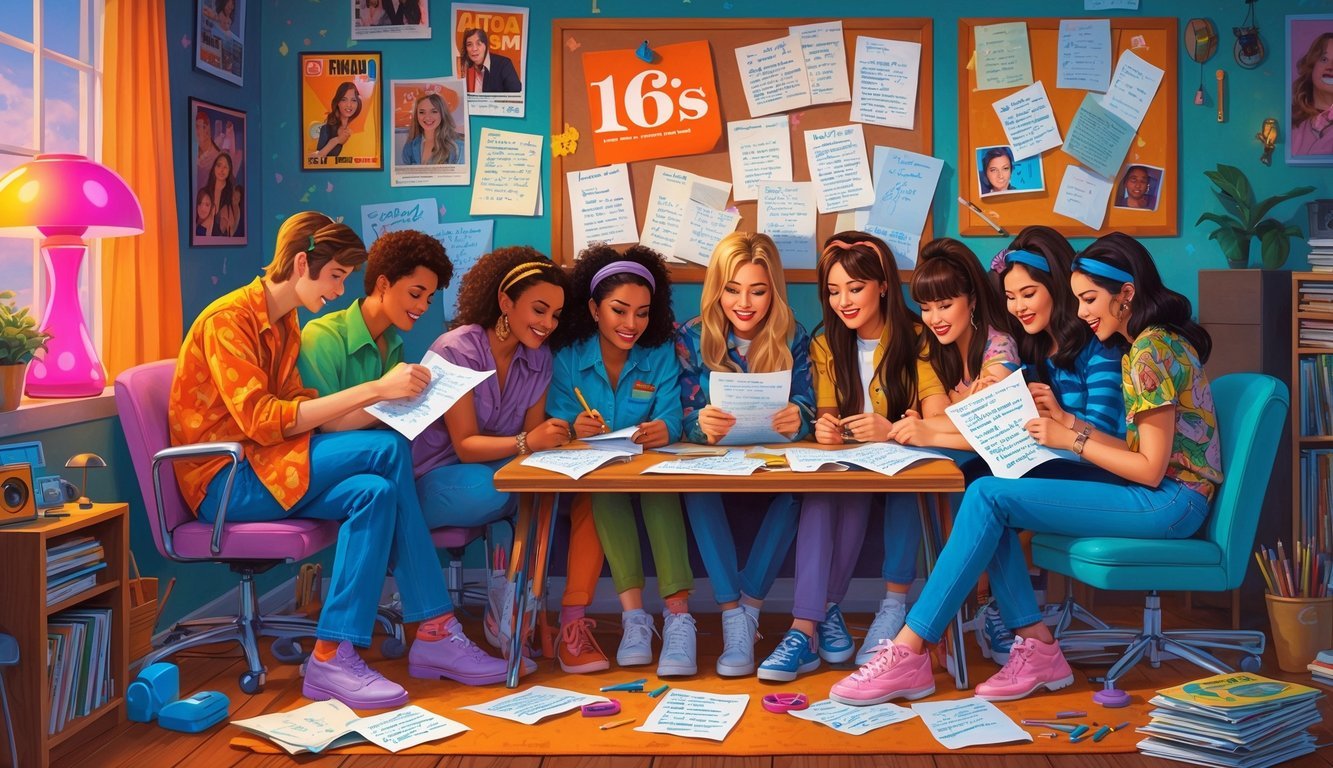
You could spot your own name or your favorite stars in 16 Magazine’s fan letters. These pages made you feel like you belonged to a tight-knit community.
Teen readers sent in letters to share their thoughts and dreams. The Q&A sections answered your burning questions about celebrities and life.
It felt almost like chatting with your idols. These sections made reading the magazine feel personal.
They gave you a chance to speak up and actually get answers. You knew your voice mattered in the teen world of the 70s.
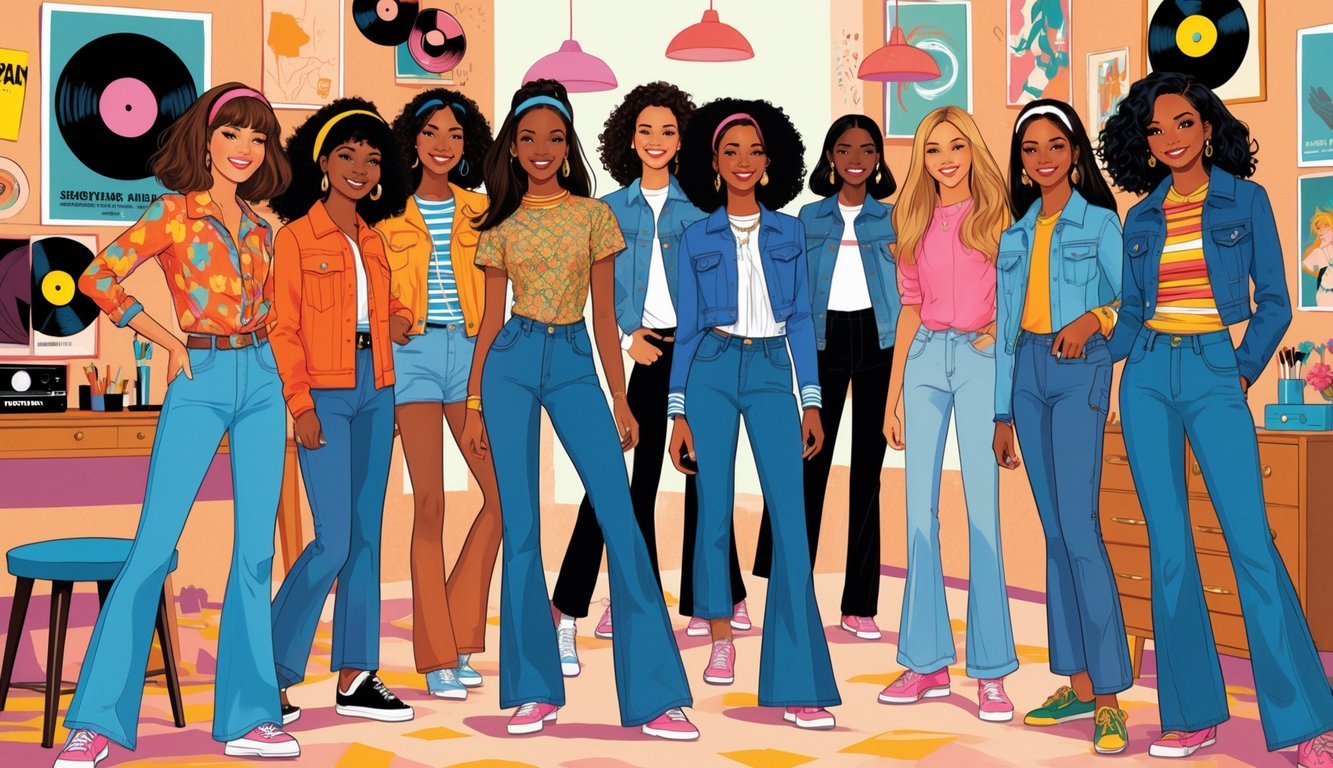
Seventeen magazine was the go-to for fashion and beauty in the ’70s. It offered simple style advice to help you feel confident every day.
You’d find tips on trending clothes like bell-bottoms and band tees. There were easy makeup ideas you could try at home.
Seventeen wasn’t just about looking good. It also gave tips for taking care of your skin and hair.
If you wanted to stay cool and trendy, Seventeen had your back with friendly, practical advice. You could follow the latest teen styles and feel like part of the in-crowd.
The December 1977 issue is packed with classic tips that show just how much Seventeen cared about teen style. Take a look at the Seventeen Magazine December 1977 issue online for a bit of nostalgia.
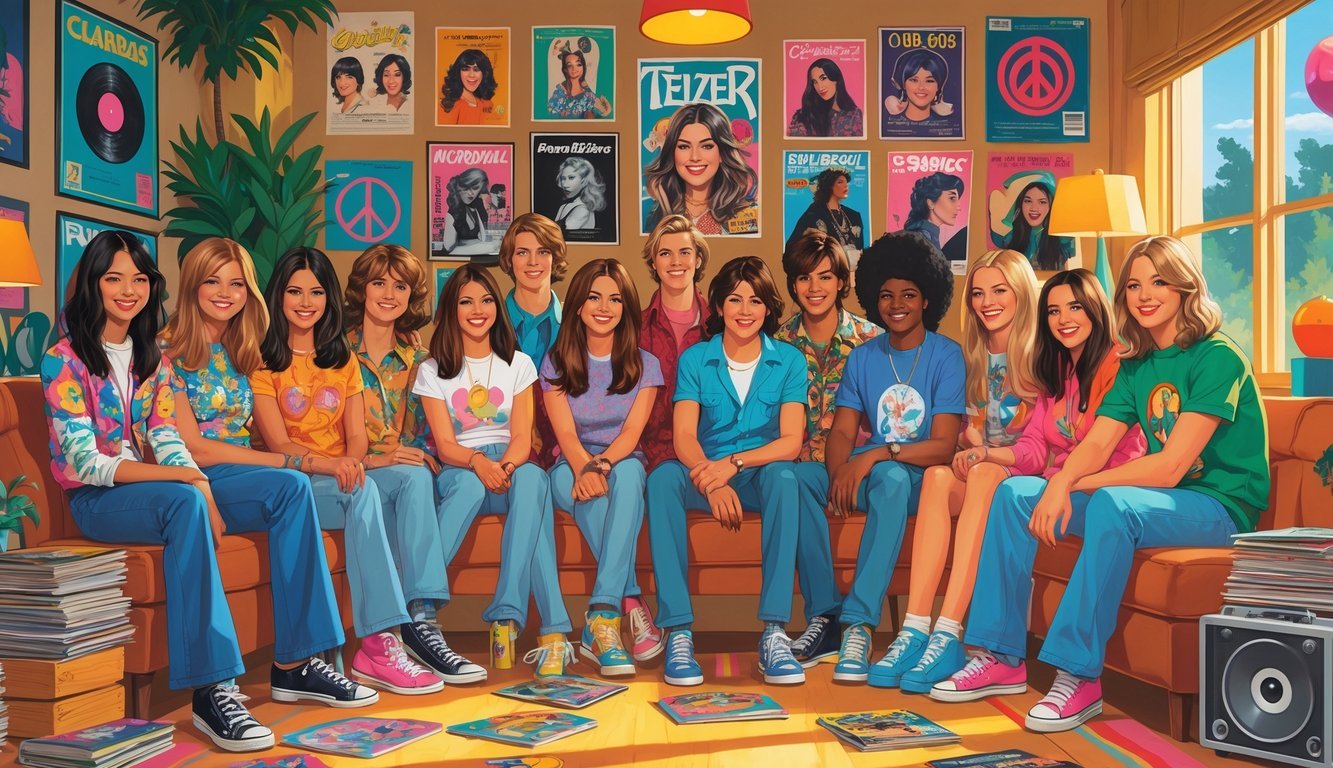
Teen Beat always delivered up-close interviews with the biggest teen stars of the ’70s. The magazine let you learn about your favorite actors and singers beyond what you saw on TV.
With stars like Scott Baio and Leif Garrett featured, Teen Beat gave you the inside scoop. These interviews were fun and felt personal.
Reading about your idols’ thoughts and daily lives made the magazine a must-have. It was your way to stay close to pop culture before the internet was even a thing.
If you want to see more from Teen Beat’s iconic interviews, take a look back at the ’70s here.

You might think Bop magazine was part of the 70s, but it actually launched in the early 80s. Still, it quickly became a big deal for teens who loved pop culture and celebrity news.
Bop was packed with pictures, interviews, and quizzes about your favorite stars. It kept you in the loop with music, movies, and fashion.
Flipping through Bop felt like scrolling through a colorful version of today’s social media. It was a fun way to connect with trends and idols.
Curious about Bop’s place in teen culture? Check out this article on Bop magazine.
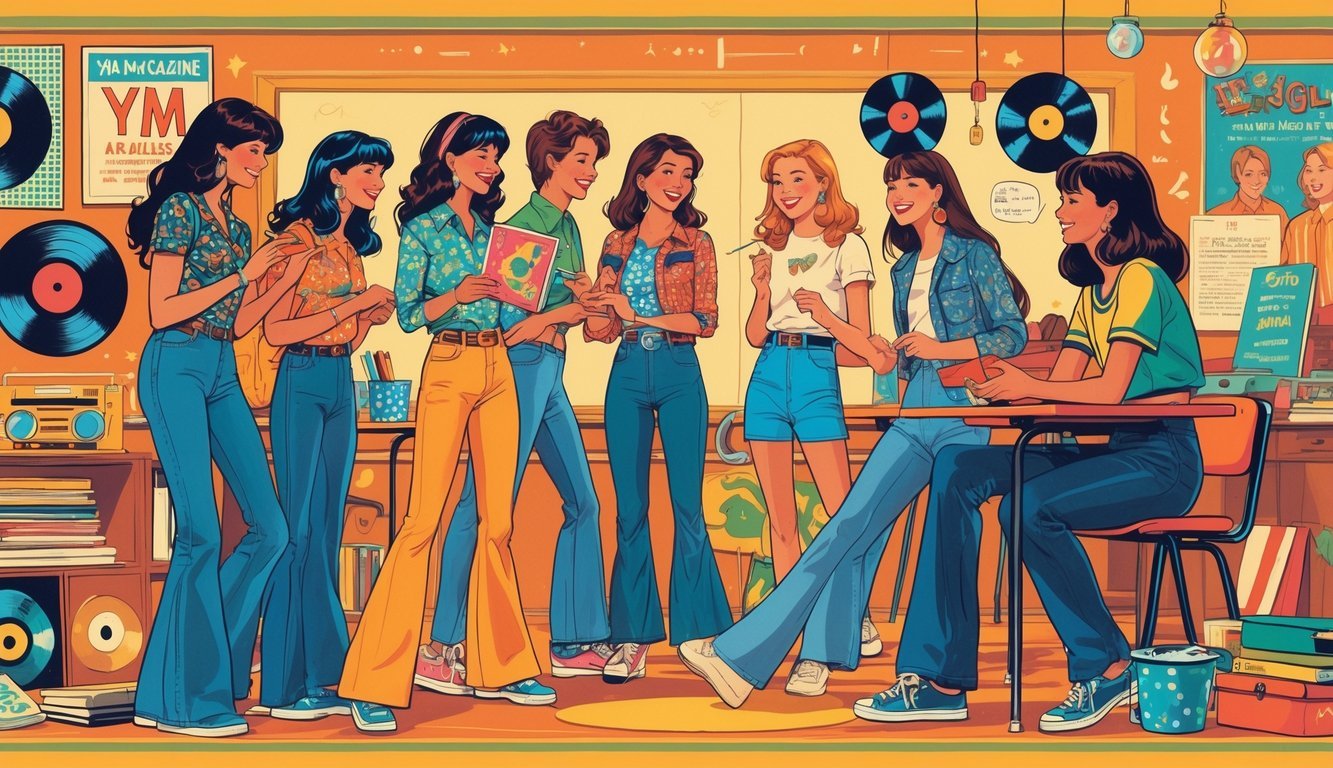
Whenever you picked up YM magazine in the 70s, you could count on its advice columns for help with dating and school. These sections gave you real talk about friendships, crushes, and tricky situations at school.
Maybe you felt unsure about relationships—YM’s columns made you feel understood. The advice was straightforward and helped you make better choices.
School worries? YM covered those too, with tips on staying organized and dealing with classmates. The columns became a trusted guide as you made your way through your teenage years.
YM’s mix of personal advice and school tips made it easy to relate to the magazine. You can learn more about its role as a teen guide from the history of YM magazine.

Teen magazines in the 70s often tackled big social issues. They discussed equality, civil rights, and the environment, helping you connect with the bigger movements.
These magazines encouraged young people like you to get involved and speak up. Activism was becoming part of teen culture.
By reading about protests and social change, you could see how your generation was making a difference. Teen magazines became more than just fashion or music—they inspired and educated.
You can see how these themes shaped youth in the article about 12 things that defined American teen culture in the 70s.
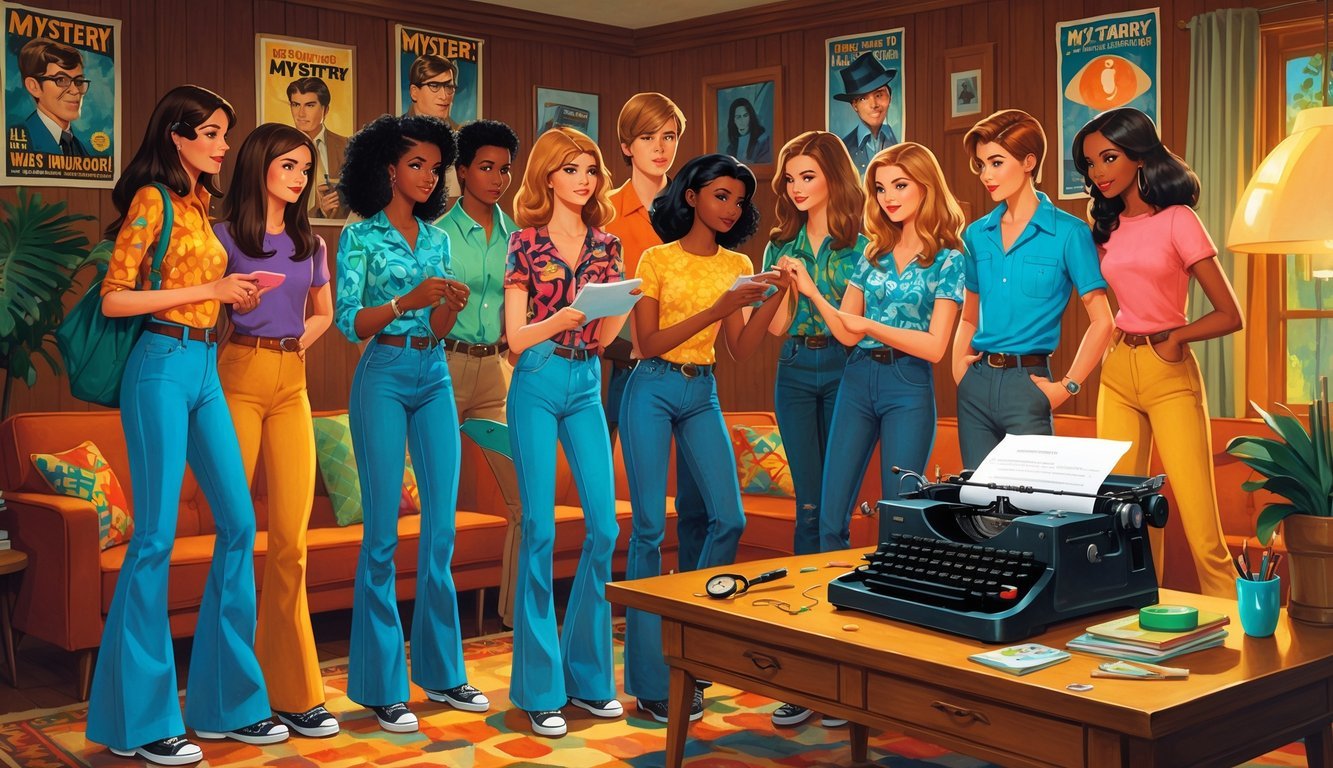
If you loved solving mysteries, Perry Mason magazine was right up your alley. It focused on the famous defense lawyer from stories and novels.
The magazine let you dive into legal thrillers and sharp courtroom drama. You’d follow clues and see how cases unfolded.
Reading Perry Mason stories made you feel like a detective. The magazine kept you guessing with every plot twist.
You could learn about the characters and the creative mind behind them. It was a fun way to enjoy mystery stories and sharpen your thinking.
Check out more about Perry Mason and why mystery fans still love it at From Page to Game Night: How Perry Mason Inspires Modern Murder Mystery Adventures.
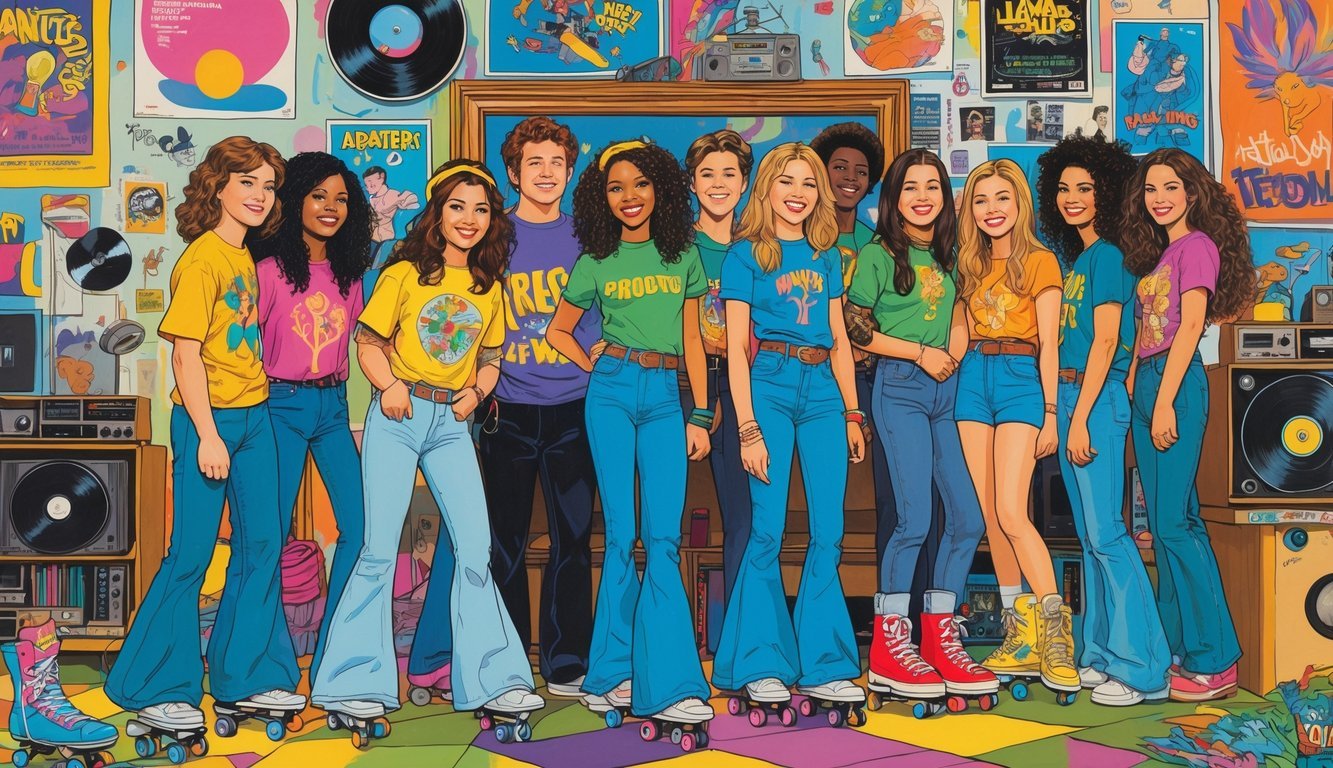
You probably remember National Lampoon as a magazine that pulled no punches in the 1970s. It used sharp humor, especially aimed at young adults.
The magazine poked fun at daily life, mixing edgy topics like sex and drugs with clever jokes. National Lampoon wasn’t just about laughs—it challenged how you saw American culture.
The writers wanted you to think, not just laugh. Their bold, sometimes shocking, satire shaped how humor hit your generation.
If you liked parodies and magazine spoofs, National Lampoon was your thing. It took a more aggressive style than Mad, using humor to make a point.
Their impact still echoes in comedy today. See more about its style and influence at National Lampoon parodies here.
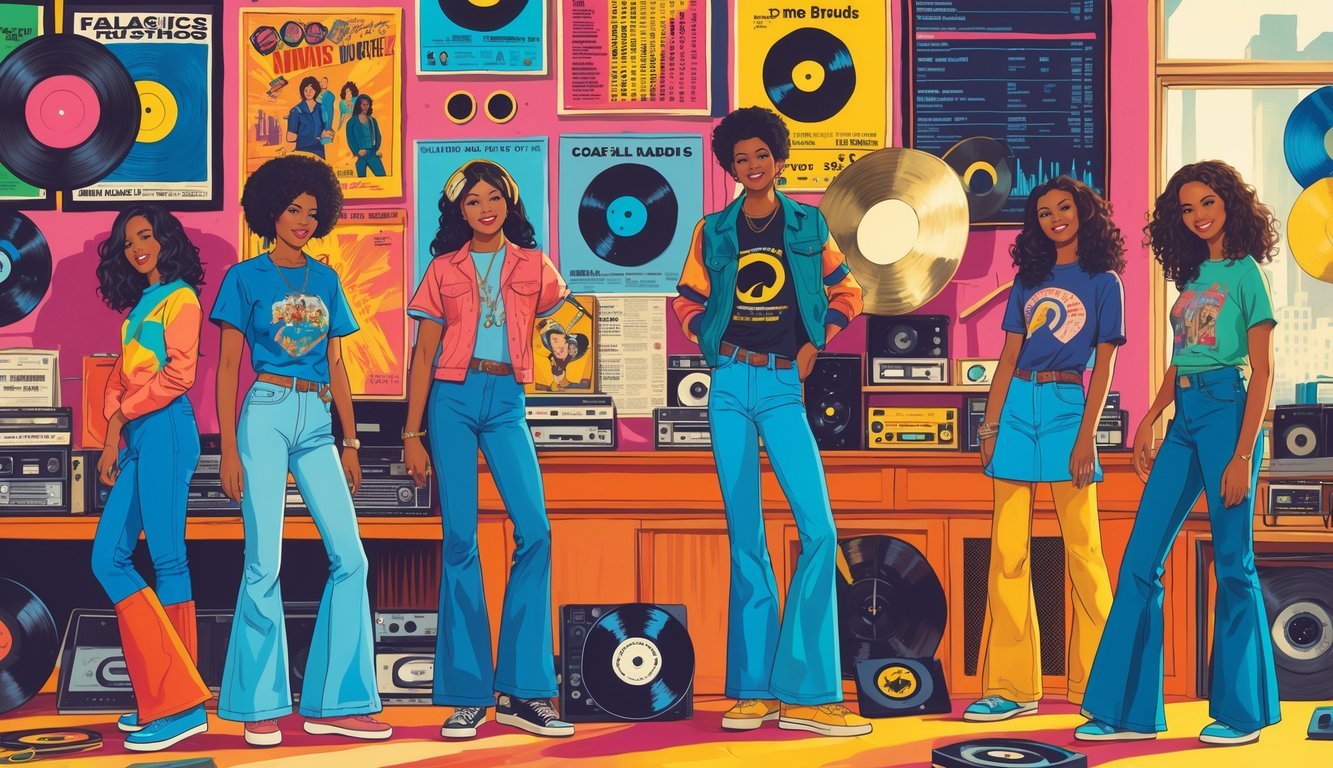
Star Hits magazine always kept you in the loop with the latest music charts. These charts showed which songs and albums were hot, helping you find new favorites.
The best part? Those full-page band posters. You could cover your walls with images of stars like Bon Jovi or Madonna.
These posters made your room feel personal and connected to the music you loved. The magazine was made for teen fans, so it let you stay in tune with the music scene while enjoying cool visuals.
Collecting posters and checking the charts was just a fun way to be part of the music world. Want to see more? Check out this Star Hits magazine cover gallery.

In the 1970s, Rolling Stone magazine became a go-to guide for your music choices. It helped teens discover new rock and roll and learn the stories behind their favorite artists.
The magazine’s mix of reviews, interviews, and features shaped what you listened to and cared about in music. Rolling Stone started as part of the counterculture but soon reached tons of young readers.
It went beyond music and reflected the culture and politics that mattered to your generation. This made it stand out from other teen magazines.
By reading Rolling Stone, you saw the bigger picture in music and culture. It helped create a community of teen music fans all over America.
You could connect with artists and trends through its pages. If you’re curious, dive into Rolling Stone’s history and impact.

Back in the 70s, you could stumble on Marvel Comics stories tucked into your favorite teen magazines. These comic strips gave you a quick peek at the Marvel Universe while you flipped through pages about music or fashion.
A lot of these tie-ins linked up with bigger Marvel stories or movies. They kept you in the loop on heroes like Spider-Man or the Avengers, and honestly, it was a pretty fun way to catch up.
If you got curious, those comics usually pointed you toward full Marvel issues. It was a nice intro to superheroes—no need to buy a whole comic book. You could just check out new adventures and characters right there in your magazine.
For more on Marvel tie-in comics, you might want to check out this Marvel Cinematic Universe tie-in comics page.
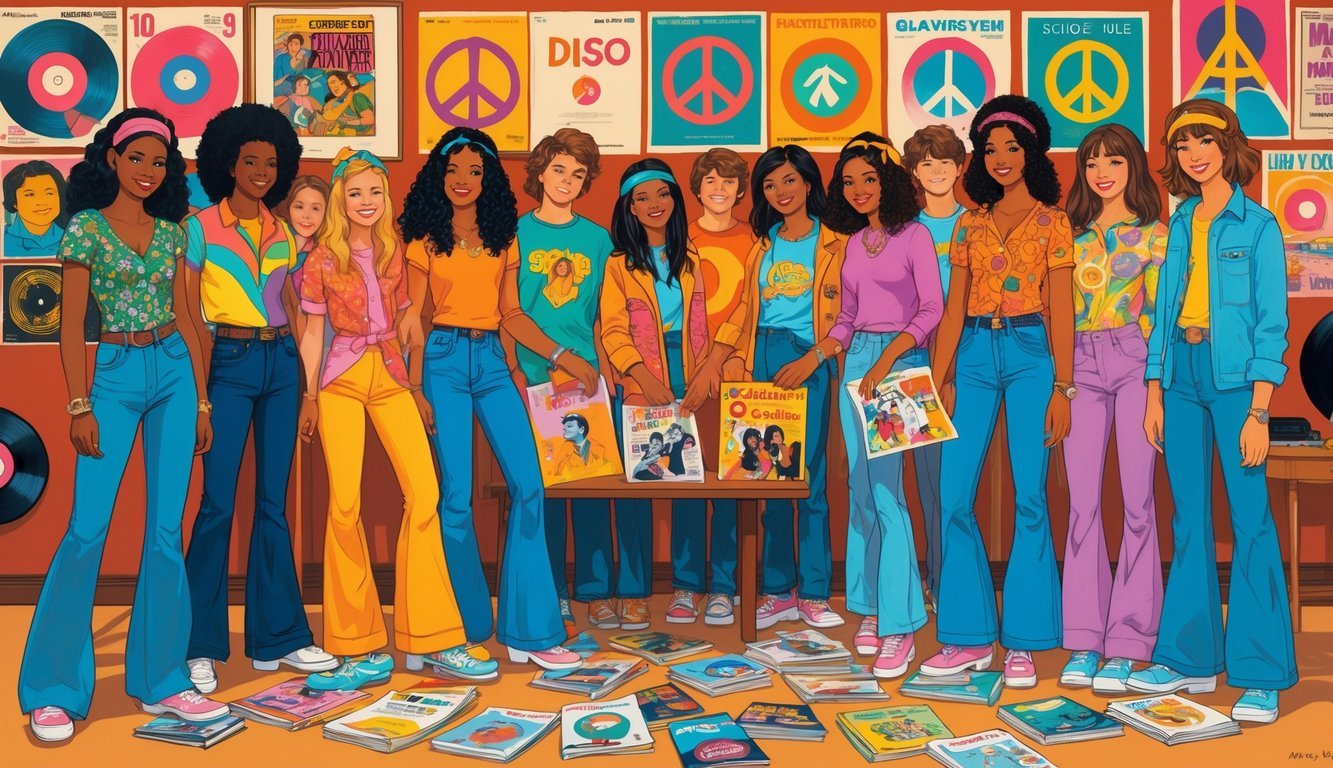
Teen magazines in the 1970s did more than just fill up your free time. They set the tone for style, music, and even what you and your friends talked about.
These magazines sparked trends and gave you ideas for expressing yourself. It’s wild to think how much influence a glossy cover could have.
Pick up a 70s teen magazine, and you’d spot the latest fashion and beauty trends front and center. Bell-bottoms, platform shoes, wild patterns—magazines showed you exactly how to pull off those looks.
Makeup tips were everywhere too. Some issues gave you glittery eyeshadow tutorials, while others leaned into the natural vibe. Photos of teen idols made you want to try those styles yourself.
Most magazines ran bold editorials and cover stories that really set the tone for what was cool. They made bright colors and polyester fabrics feel like must-haves. All these ideas helped you build your own 70s look.
Teen magazines opened the door to the music world. They ran interviews with pop stars, snapped pics at concerts, and reviewed the latest albums.
You’d get updates on disco, rock, and punk scenes that you might not hear about anywhere else. Magazines made teen idols like David Cassidy feel like part of your daily life.
You learned lyrics, picked up fashion tips, and maybe even joined a fan club because of what you read. Besides music, magazines introduced new movies, TV shows, and even social movements.
They helped you keep up with everything that mattered to teens back then. That sense of connection made you feel like you belonged to something bigger.
For more on how teen magazines shaped looks and attitudes, check out 10 Iconic Looks That Took Over Teen Magazines in the ’70s.

Making a teen magazine in the ’70s took some serious planning and creativity. Editors had to figure out what young readers wanted and how to make the magazine pop, using smart ideas and eye-catching layouts.
Editors needed to keep a pulse on what teens cared about, from pop stars to fashion trends and friendship advice. You’d spot stories about idols, dating tips, and whatever was buzzing in the culture.
To keep readers interested, magazines added interactive sections like letters, quizzes, and polls. Those little touches made you feel involved.
Editors worked fast to keep up, since teen interests could shift overnight. They had to spot new icons early and pick the topics that would really grab your attention.
The look of the magazine mattered just as much as the words inside. Designers went wild with bold colors, funky fonts, and layouts that really popped.
Photos played a huge role. Pages burst with shots of teen idols and flashy fashion spreads.
Photographers chased those natural, fun moments that made you feel like you actually knew the stars. They wanted every photo to pull you in just a bit closer.
The design crew and photographers worked together to turn stories into a visual ride that totally fit the teen vibe of the ’70s. Magazines ended up way more fun to flip through—and honestly, who didn’t love collecting them?
If you’re curious about how teen idols and magazines got made, here’s a behind-the-scenes peek at Tiger Beat magazine.